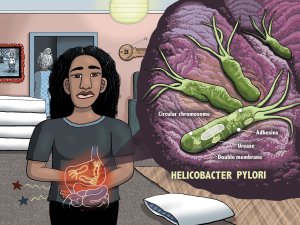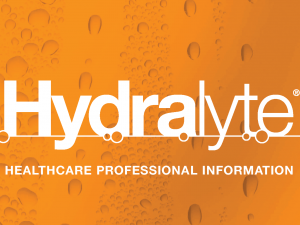Academic pharmacist Nataly Martini provides key information on Helicobacter pylori pathophysiology, diagnosis and evidence-based treatment strategies to enhance patient outcomes
The art of generic substitution

The Medicines Regulations 1984 is your guide to supplying patients with generic meds, writes Auckland pharmacy law lecturer Sanya Ram
Kia ora and welcome to Pharmacy Today Kaitiaki Rongoā O Te Wā
Not a subscriber? Unlock this article by subscribing here.
1.Regulation 42(4) of the Medicines Regulations 1984
2. Right 7 (1) The HDC Code of Health and Disability Services Consumers' Rights Regulation 1996
3.Rights 6(1) (b) The HDC Code of Health and Disability Services Consumers' Rights Regulation 1996
4. BPAC. 2009. What is bioavailability and bioequivalence? Best Practice Journal: Special Edition Generics 4-8. URL: www.bpac.org.nz/magazine/2009/generics/docs/bpjse_generics_2009.pdf (accessed 29 June 2019)
5.Generic Medicines and Bioequivalence Prescriber Update 34(1):8-9
March 2013 https://medsafe.govt.nz/profs/PUArticles/Mar2013GenericMedBioqueivalence.htm (Accessed 1 July 2019)
6.Medicines Adverse Reactions Committee Report, Brand Switches in New Zealand, September 2018, URL: https://medsafe.govt.nz/committees/marc/reports/175-Brand%20Switches%20in%20New%20Zealand.pdf (Accessed 1 July 2019)
7.FDA. Approved Drug Products with Therapeutic Equivalence Evaluations. 28th ed. 2008. www.fda.gov/cder/orange/obannual.pdf. Accessed 1 July 2019.




